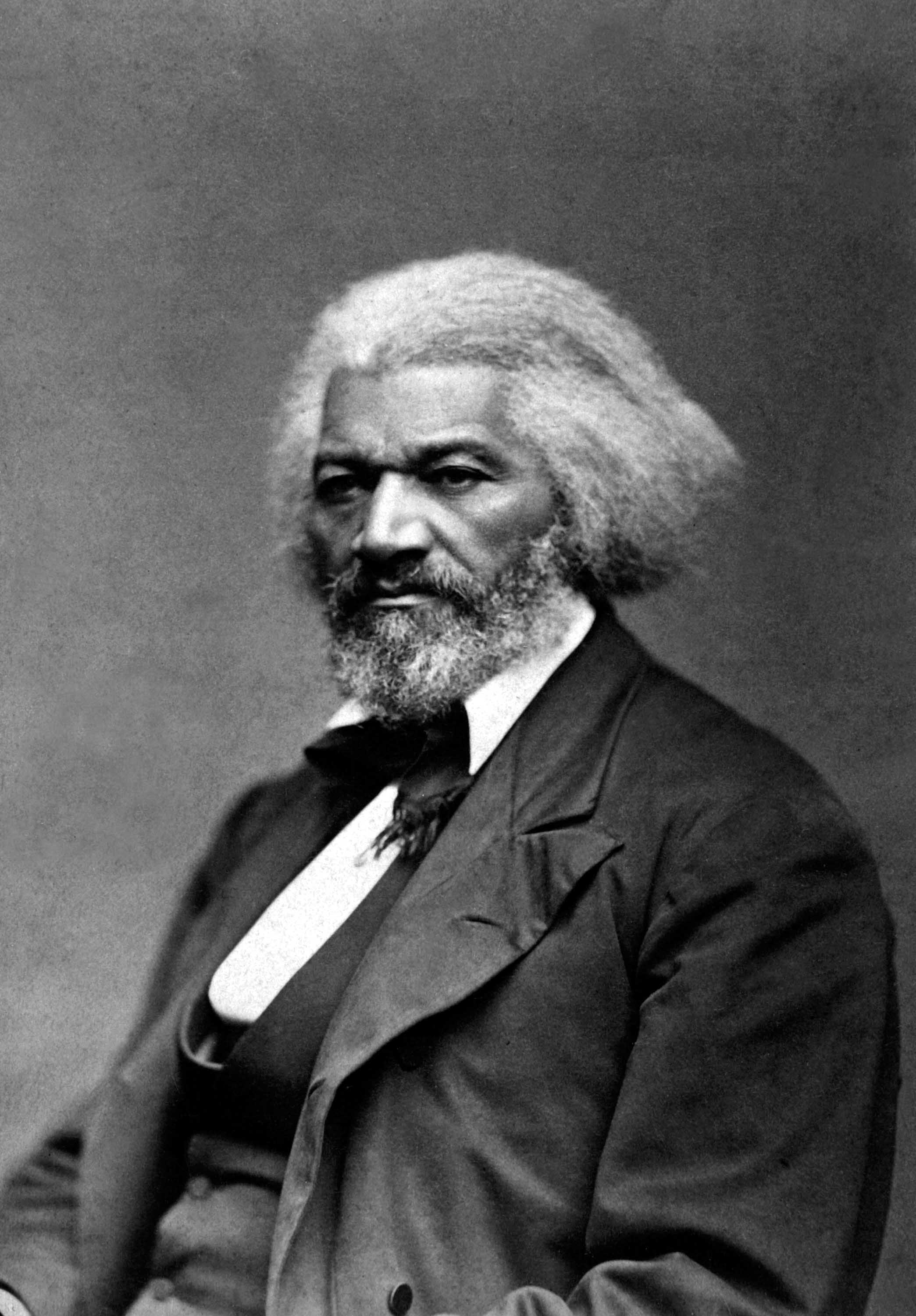Culture, carnality and cash: the Florentine adventures of John George Adair
John George Adair (1823–85) gained notoriety as a cruel landlord because of the Derryveagh evictions carried out on his estate in County Donegal in April 1861. The eviction of 244 people, including many women and children, is regarded as one of the worst excesses of Irish landlordism. Announcing his death, the Derry Journal asserted that … Read more





